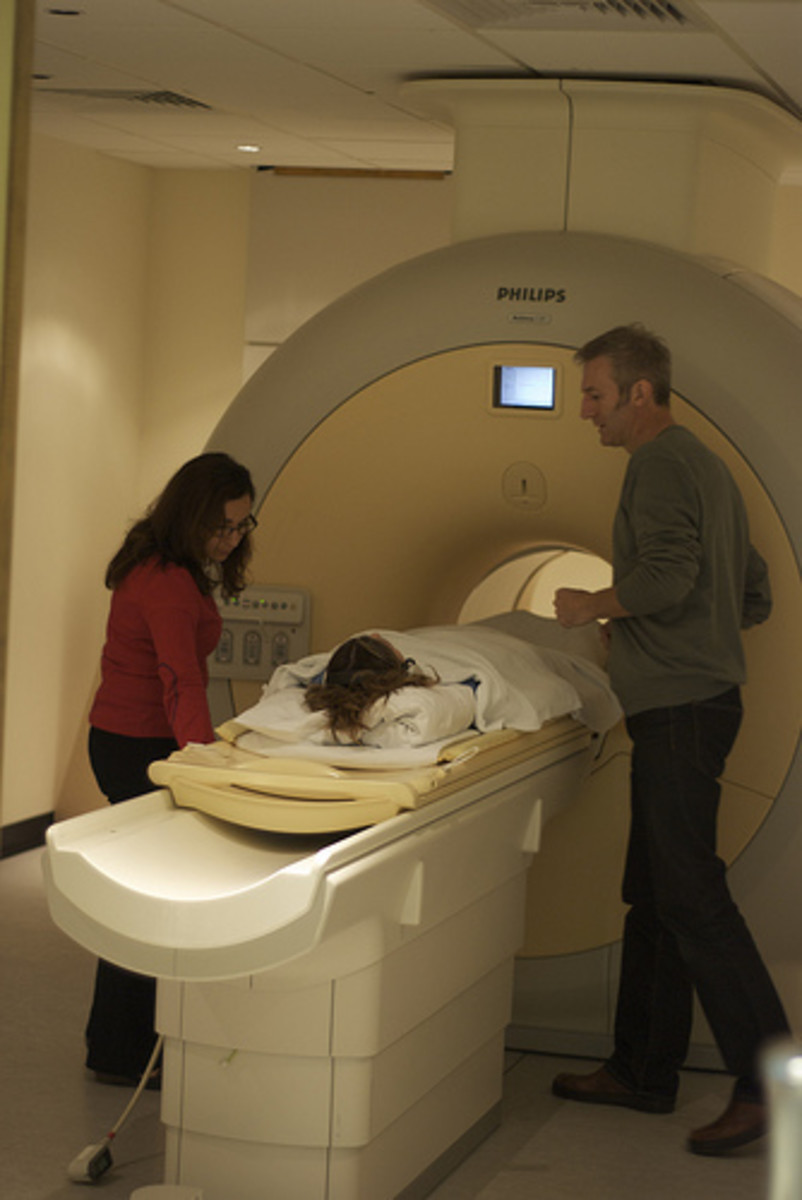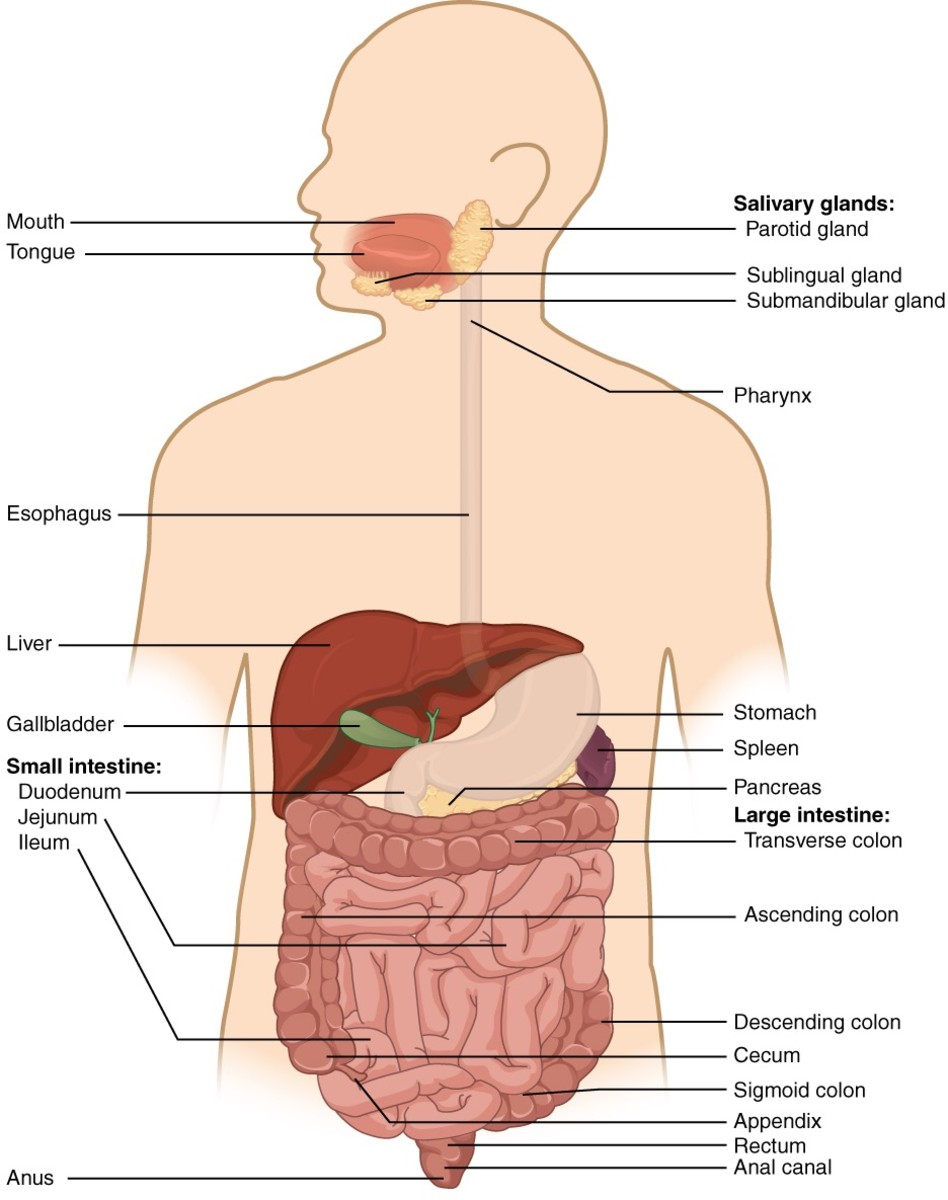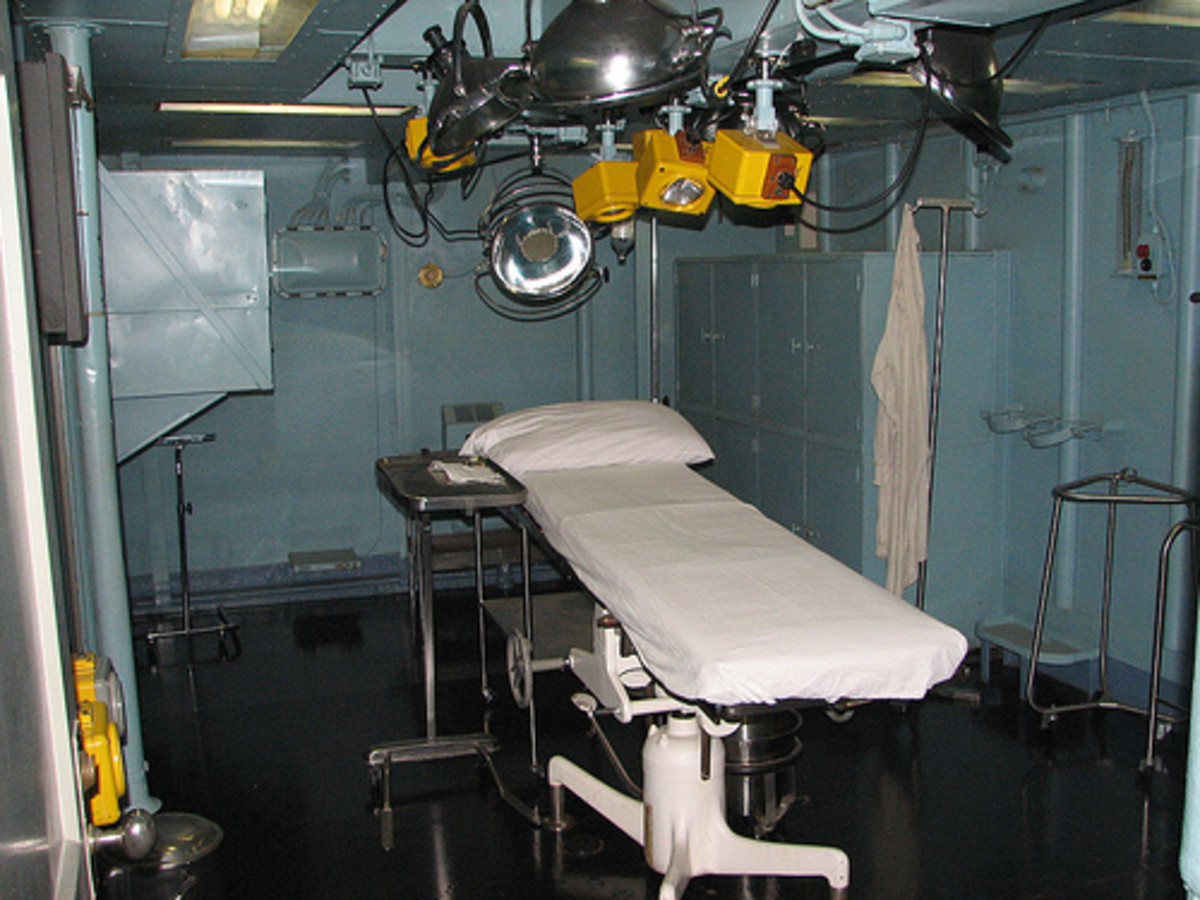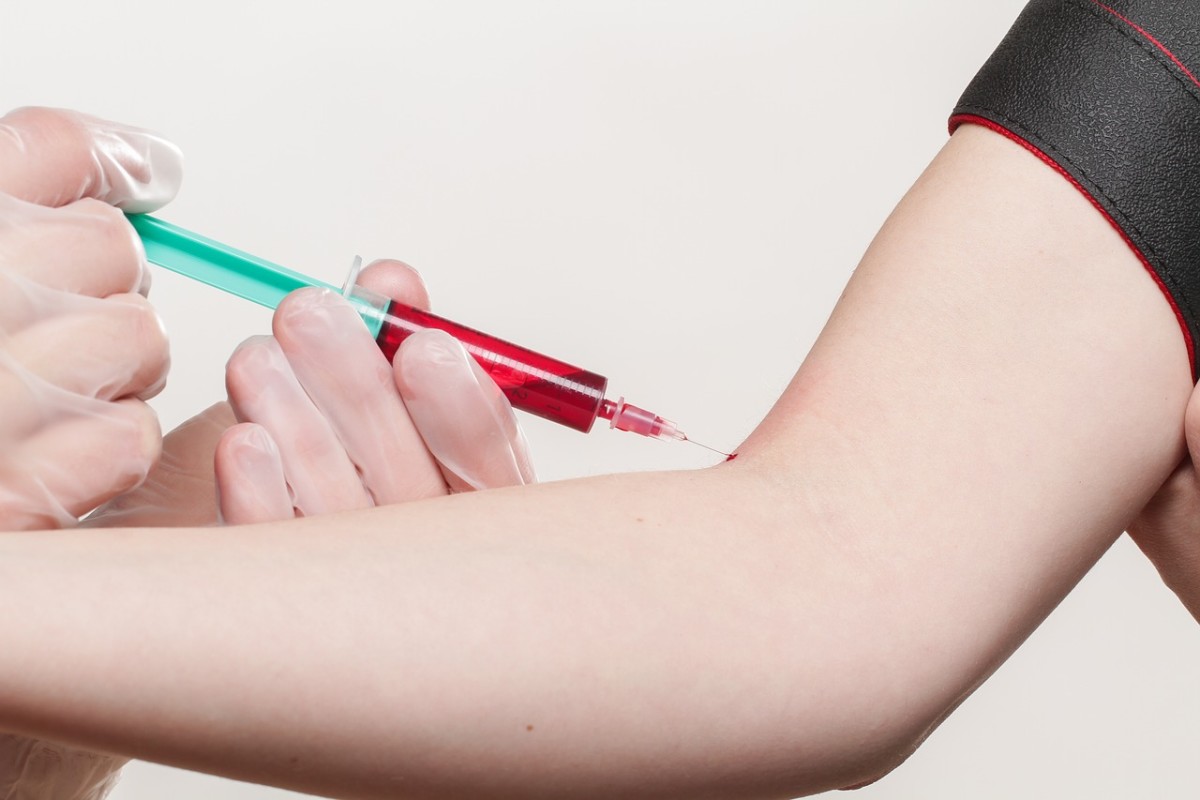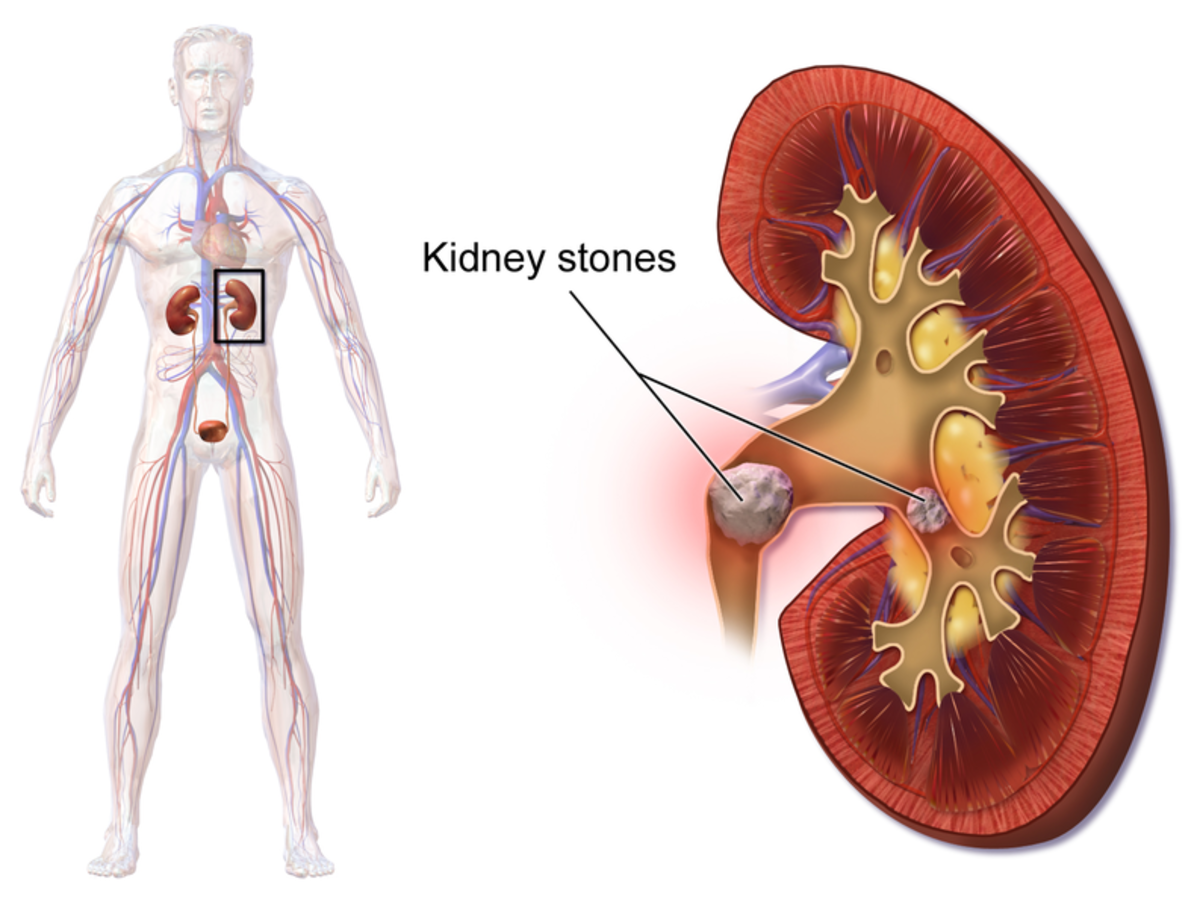6 Fascinating Facts about Plastic Surgery
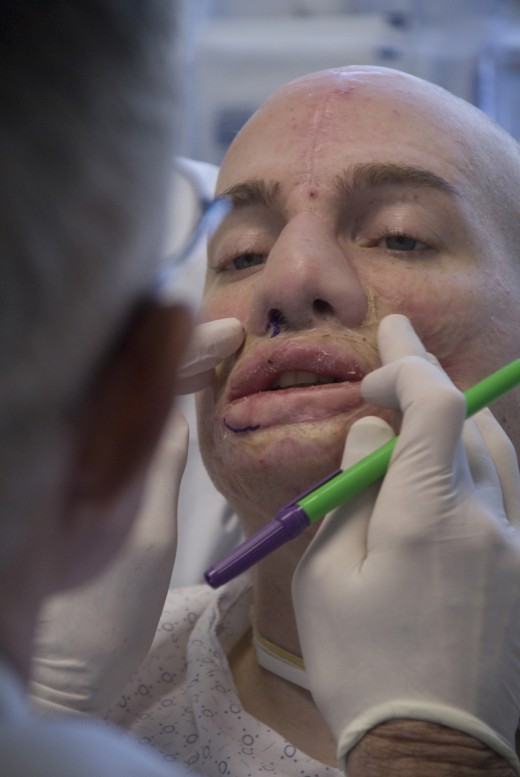
Plastic surgery plays a great role in the world’s culture. You see thousands of famous people who have cosmetically altered themselves, the TV shows that explain the details of the plastic surgery procedures, and perhaps you have family and friends who have gone under the knife for good or ridiculous reasons. There are lots of celebrities who share the fully detailed information about their plastic surgery on Facebook and Instagram and inspire others to change their appearances as well. All these factors may make you look for your worst flaws, think about the way to change it, and save cash for money-consuming procedures and surgeries.
We all know about the plastic surgery, but do you know the history of it? Have you ever felt curious about the pros and cons of plastic surgery? There’s a rich and fabulous backstory to cosmetic surgery that starts from the ancient Egyptians and continues in the modern time. It’s the ever-changing industry that works miracles for some people and ruins the lives of others.
Whether you’re considering the plastic surgery or you simply want to learn all the aspects of it, first of all, it’s important to know the major plastic surgery types. This will help you avoid the shady dealers that will try to persuade you to pay for the procedure you don’t actually need. So, the most popular kinds are:
- Botox – a popular type of non-surgical plastic procedure that’s performed the most worldwide. It’s a procedure of injecting protein into the skin, promoting a smooth facial appearance.
- Breast augmentation – perhaps the most popular type of plastic surgical procedure among women.
- Liposuction – both women and men turn to this procedure to slim and reshape the specific areas of their bodies.
- Eyelid surgery, nose jobs (rhinoplasty) and facelifts have recently become more popular than breast augmentation and liposuction.
- Sure, the list isn’t complete and today you can alter any area of your body. But before you spend your hard-earned money on breast augmentation or eyebrow transplant, learn some of the fascinating facts about plastic surgery.
Plastic Surgery Explained
1. Breast Augmentation Has a Long History Dating Back to 1800s
One of the most popular types of plastic surgery that millions of women are ready to spend a fortune on, breast augmentation has a much longer history than you believe. The first successful surgical placement of “breast implant,” which was a great-sized lipoma - a benign, fatty tumour from the woman’s back, was performed in 1895 by German surgeon Vincenz Czerny.
It was a reconstructive procedure rather than a cosmetic one since the woman had a large tumor and a part of her left breast was removed. However, it was the first step and trigger for scientists and surgeons to find the highest quality material for breast implants. They spent over 70 years experimenting and racking their brains until the early 1960s when a junior resident surgeon Frank Gerow from Houston, USA, came up with the silicone breast implants we know today.
Beeswax, alcohol-soaked sponges and paraffin were all tested but they were of poor quality and didn’t stay for long. Frank Gerow created the silicone implant after he squeezed a blood bag, noting the striking similarity to the breast of a woman. Most people still judge Gerow for his breast implant experiment that he conducted on a dog. The experiment was successful and the implants were removed from the dog’s body, but there’s no evidence about the further health condition of the animal.
However, Gerow took his experiment to the next level and Timmie Jean Lindsey became his pilot human patient who agreed to be a volunteer for the breast augmentation after coming in to ask about a tattoo removal. Luckily, the procedure was successful and the woman was happy about the final results. Moreover, it was reported that Timmie Jean Lindsey still retains her breast implants as a proof of the viability of the procedure.
2. The First Successful Organ Transplant Was Performed in 1954
Even though the majority of people believe that transplant procedures have nothing to do with plastic surgery, they actually involve a number of the similar small-scale techniques, including reattaching and reconstruction of tissue and nerves, and handling the possibility for rejection. Really, the first organ transplant which turned out to be successful was performed in 1954 by a famous plastic surgeon Joseph E. Murray. It was a transplantation of a kidney.
At that time, Joseph E. Murray was already highly notable and respected for his work promoting the treatment of burn victims and helping people with facial defacements. But, the kidney transplant procedure was fantastically groundbreaking. No one knew whether or not it was possible and most surprisingly, no one knew it was actually achieved. After a decade of research and experiments and plenty of failures, Dr. Murray finally achieved the success.
In 1954, Dr. Murray performed the kidney transplantation and the surgery was totally successful. The donor organ was taken from the patient’s identical twin, and there was no transplant organ rejection. The medical community was impressed and recognized that establishing organ transplants was viable.
After such a huge success, Joseph E. Murray became an international authority in the area of transplantation, and he helped to develop the first generation of immunosuppressant drugs in the 1960s. Then, in 1990, Dr. Murray received the Nobel Prize in Physiology or Medicine for his excellent pioneering work. He became one of 9 surgeons, not to mention the only plastic surgeon, who received the award.

3. Men Start Seeking Cosmetic Procedures and Plastic Surgery Even More Often Than Women
Plastic surgery has always been a popular topic among women and only few men turned to it when they faced truly serious problems. Nowadays, more and more men are looking to fix their noses, lift their faces, or remove unwanted body fat. The statistics show that more than 60,000 liposuction procedures are performed on males every year. Moreover, almost 1 million men turn to other plastic procedures annually. With the high demands of the society, especially in the beauty world, both men and women consider plastic surgery as a way of boosting their confidence inside and looking like a celebrity on the outside. They believe this may help them find their love and build successful relationships.
When it comes to career, beauty and youth are also highly prized today. According to the American Society for Aesthetic Plastic Surgery, most men that get surgery do it because they want to stay competitive in the job market. In the modern marketplace where being younger, fit, and more masculine is critical, the better you look, the more chances you have to ascend the corporate ladder. This is the core reason men undergo the hi-def liposuction to show off the abs, jawline augmentation, gluteal implants, and pectoral implants. They simply want to advance in their careers.
The Forbes Facelift procedure is popular among CEOs and typically consists of an eyelift, necklift, jawline recontouring, and liposuction. Some men go big and undergo the body builder plastic surgery that mostly involves the gluteal implants, pectoral implants, and hi-def liposuction.
4. Medical Tourism Has Been Thriving to Thanks Plastic Surgery
Depending on where you live, plastic surgery may cost a fortune and be absolutely unavailable, unless you run yourself into huge debts. Medical tourism has been known to help people treat serious diseases abroad for a lot more affordable prices than in their native countries. This is particularly true about the United States and Europe where medicine is pricey and the cost for major surgeries are literally exaggerated, albeit the quality is at the highest level.
Due to this fact, many people with serious diseases or desires to alter and enhance their appearances have been increasingly searching for the countries where the price of healthcare is more affordable without sacrificing the quality. Thailand, Dubai, Brazil, and Mexico are all getting their share of medical tourism, offering the high-tech, quality services for manageable prices. This is actually forcing the most European and Western medical establishments to reduce their prices but they are still too high for the majority of people.
For example, the average price for a facelift in the U.S. is $12,500 while in Costa Rica you’ll pay only $4,500. If you’re looking to become a medical tourist, consider these 5 countries the next time you plan out your medical trip:
- Thailand: Apart from being a tropical and low-cost retirement haven, it’s an international destination for medical tourism. The healthcare is cheap but the quality is impressive. Chiang Mai and Bangkok’s private hospitals provide a quality equal to the standards in the U.S. Udon Thani, Hua Hin, Phuket, Koh Samui, and Pattaya also have excellent private facilities. The prices for almost all medical services in Thailand can be from 50 to 80 percent less than in the U.S. Most of Thailand’s doctors are trained in the United States and Europe.
- Malaysia: The country that gets a large percentage of the world’s medical tourism. Its healthcare is among the best and cheapest in the world. Both Kuala Lumpur and Penang offer incredible services, including plastic surgery, dermatology, and dental work. For instance, if you’re looking to undergo the chin lift procedure, you’ll have to pay as much as $35,000 in the U.S. In Malaysia, you may end up paying half the price, yet still getting a professional treatment.
- Mexico: The country’s modern hospitals, well-trained doctors, low prices, and close proximity to the United States have made Mexico a popular medical tourism destination for many of U.S. residents. While a facelift will cost you around $12,500 in the U.S., in Mexico you will pay a little more than $8,000. Mérida and Puerto Vallarta are the country’s medical tourism centers where you can find a myriad of affordable medical treatment and cosmetic surgery.
- Colombia: For decades, people worldwide, especially North Americans, have come to Medellín and Cali for plastic surgery, particularly a facelift, a tummy tuck, and a breast augmentation. In fact, you can find all sorts of medical treatments in Colombia, and for lower prices. You can save up to 40 percent on healthcare and other cosmetic surgery procedures.
- Costa Rica: The country boasts a high ranking healthcare system and medical tourism is a prosperous business here. The low-cost yet high-quality medical services draw many people looking for affordable plastic surgery.
Plastic Surgery: The Cost of Beauty
5. Plastic Surgery Was Used During World War I
Amid the horrors of World War I, plastic surgery was a must or a need for many people, especially soldiers. During World War I, the new categories of weapons and explosives were being used on the battlefield, and hundreds and thousands of soldiers were coming back home with the kinds of injuries that even doctors had never seen and cured before. This made Harold Gillies start experimenting with various surgical procedures to help the soldiers.
Some records state that Harold Gillies performed more than 11,000 procedures on over 3,000 soldiers between 1917 and 1925. He used the groundbreaking muscle and skin grafting techniques that no one had ever tried or used before. No wonder Harold Gillies is called the father of modern plastic surgery.
Although the infection risk was still high because of the absence of antibiotics, Dr. Gillies managed to mitigate it by inventing the “walking-stalk skin flap” or tube pedicle technique. The technique involved rolling the graft used into a tube and then “walking” it up to the target spot. It helped to save thousands of people from deadly infections.
In 1917, Harold Gillies performed the first modern plastic surgery to alter the face of sailor Walter Yeo. He successfully carried out a skin graft on serious facial injuries around the sailor’s eyes. In 1930, Harold Gillies received a knighthood for his phenomenal work.
Despite this success, the medical community didn’t welcome Dr. Gillies and other plastic surgery pioneers when World War I ended. The plastic surgery wasn’t well-defined, there was no financial support, and the practitioners had no opportunity to define areas of specialty or share expertise until the foundation of the American Society of Plastic Surgeons in 1931.
6. Modern Full and Partial Face Transplants Exist
In 2012, Eduardo Rodriguez, a famous plastic surgeon from Baltimore, carried out the most extensive full face transplant surgery ever done on Richard Norris, a London-based record producer, musician and sound engineer who had attempted suicide via shotgun to his face in 1997. At that time, it was the most complex and intensive plastic surgery procedure ever performed before. The procedure was successful and the new face of Richard Norris is completely functional, albeit he should take medicines to strengthen his immune system for the rest of his life.
In 2015, Eduardo Rodriguez achieved another success. He created a new face to Patrick Hardison, a firefighter whose face was totally obliterated in a fire. Despite all the possible risks, the results of the procedure were astonishing.
Both full and partial face transplants have been shown to be real, though there’s still a high risk of death. At least 3 deaths have occurred because of the surgery complications. Nevertheless, this fact doesn’t stop people from getting a new face, and in the middle of 2016, more than 30 patients were happy to receive new faces with little to no complications at all.
© 2017 Haider

